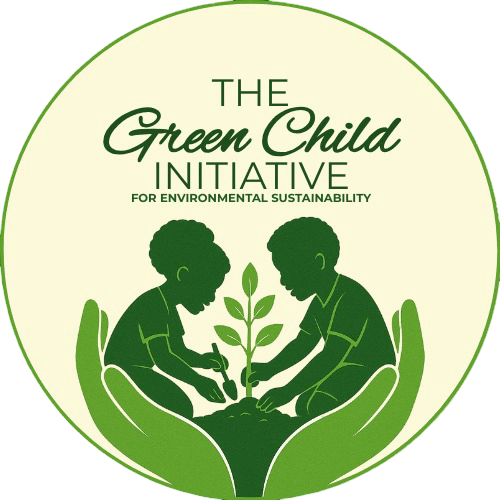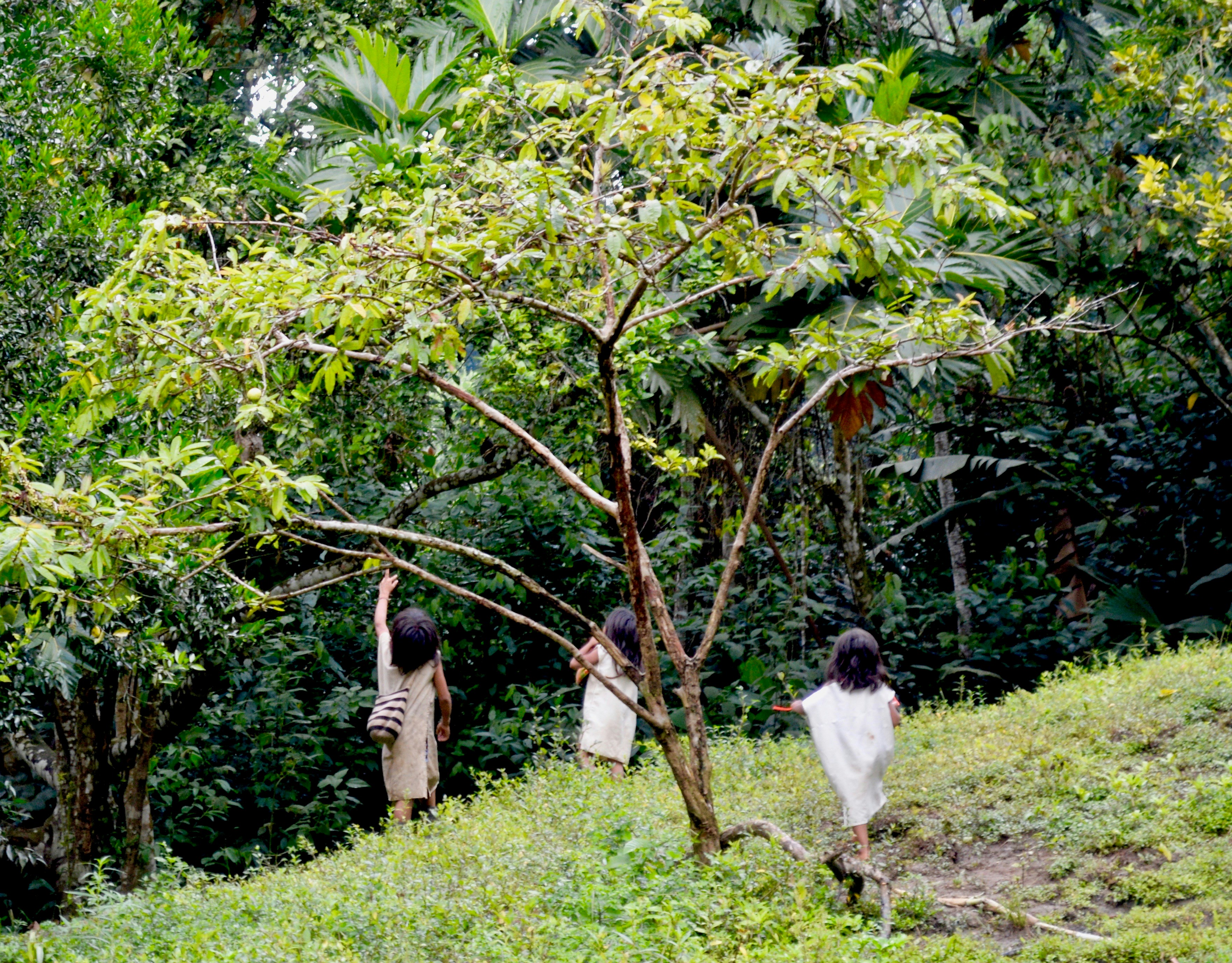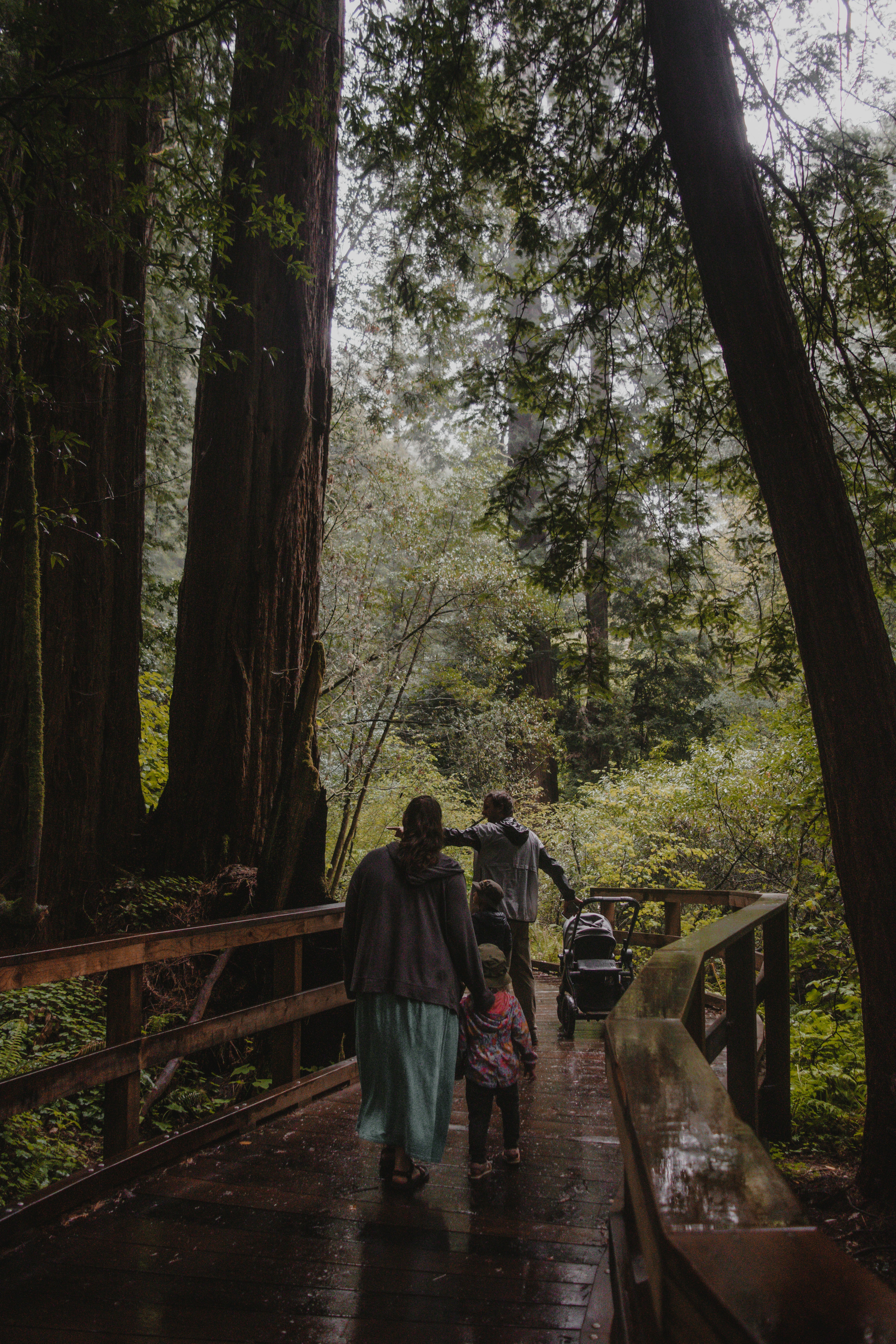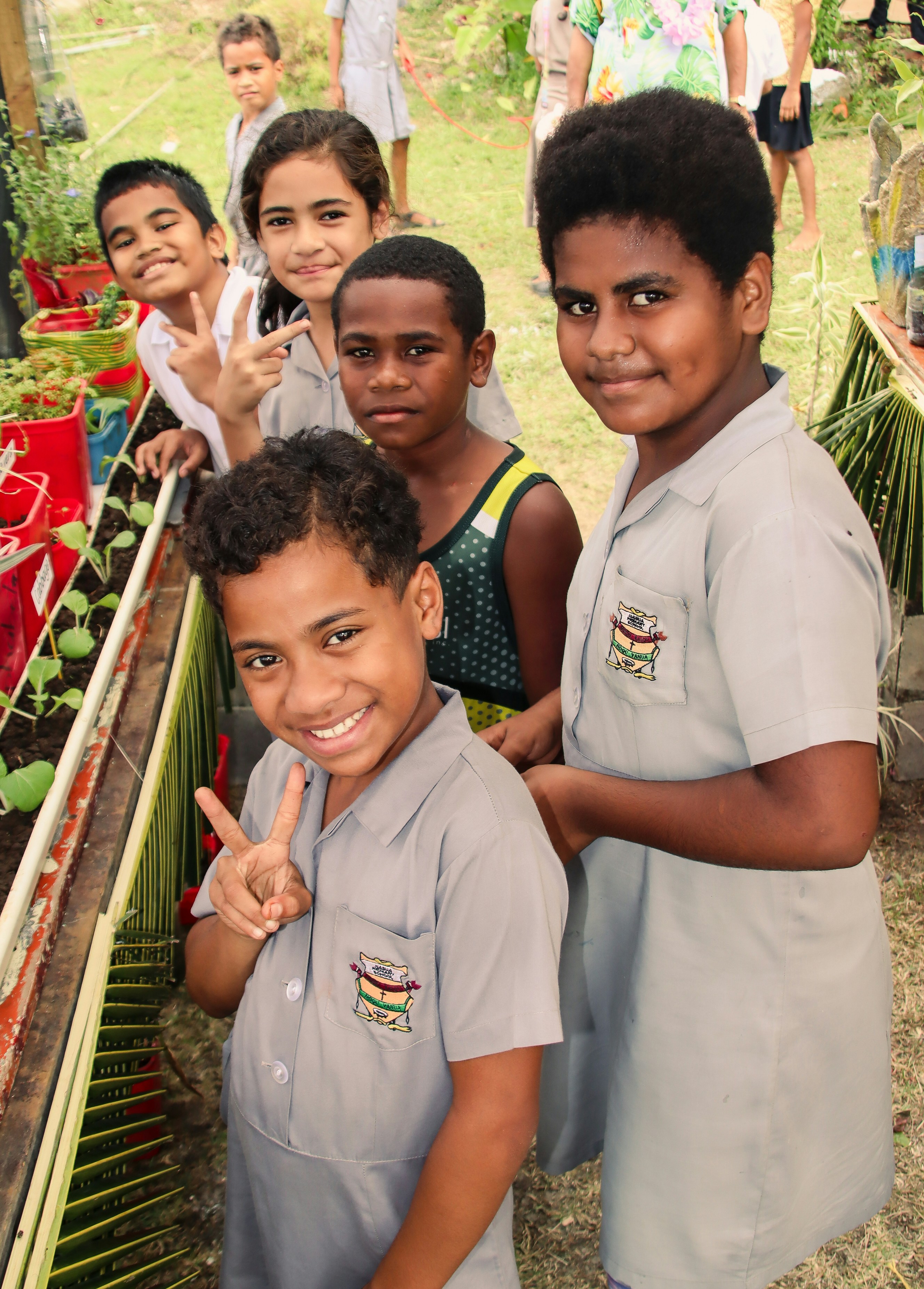The Importance of Environmental Education
In the face of growing environmental challenges, ranging from climate change to biodiversity loss, the significance of environmental education for children cannot be overstated. By providing young learners with a solid foundation in understanding ecological principles, we can foster a generation that is not only informed but also capable of making sustainable choices. Environmental education equips children with the knowledge necessary to appreciate the intricacies of the natural world and encourages them to take an active role in its protection.
The current environmental crises highlight the urgent need for informed individuals who can contribute to solutions. As children engage with the concepts of ecosystem interdependence and environmental stewardship, they develop a sense of responsibility and a deeper connection to nature. Educators play a crucial role in delivering this knowledge, implementing curricula that emphasize hands-on learning experiences and outdoor exploration. These practices nurture curiosity and inspire students to ask questions, motivating them to seek solutions to pressing environmental issues.
Furthermore, when children learn about the significance of conservation and sustainability at an early age, they are more likely to carry these values into adulthood. This continuity is essential in building a society that prioritizes ecological well-being and supports initiatives aimed at restoring the environment. Activities such as planting trees, participating in local clean-ups, and engaging in wildlife conservation efforts help children practically apply their knowledge, solidifying their commitment to a healthier planet.
Ultimately, bolstering environmental education harnesses the power of awareness and action. It prepares kids to become eco-conscious citizens who can tackle environmental issues critically. By investing in the environmental education of our youth today, we are fostering a sense of agency that can prompt meaningful change, thereby setting the stage for a greener, more sustainable future.
How Nature Interactions Shape Child Development
Direct interactions with nature play a pivotal role in a child’s overall development, encompassing physical, mental, and emotional aspects. Numerous studies highlight the profound benefits that time spent outdoors brings to children, reinforcing the idea that nature interactions are crucial for fostering healthy growth. When children engage in natural settings, their physical health improves significantly. Activities such as climbing trees, running in parks, or playing in gardens enhance motor skills, promote physical fitness, and encourage a more active lifestyle. This increase in physical activity inherently contributes to better health outcomes and a stronger immune system.
From a mental health perspective, nature acts as a powerful antidote to stress and anxiety. Research indicates that spending time in green spaces can lower cortisol levels, a hormone associated with stress, leading to improved mood and emotional well-being. The exploration of natural environments can also stimulate children’s creativity and imagination. Activities like building forts with branches or creating art from found objects allow children to express themselves uniquely and openly, fostering inventive thinking. Engaging with nature not only promotes creative skills but also encourages problem-solving capabilities as kids navigate their outdoor adventures.
Furthermore, connections with nature enhance social skills and emotional resilience. Group activities such as collaborative games or environmental conservation projects enable children to develop teamwork and communication skills. When children share experiences in nature, they learn empathy and cooperation, which are essential for forming meaningful relationships. Overall, nature interactions are vital for children’s holistic development, laying a foundation for healthier, happier lives. Not only do these experiences facilitate important developmental milestones, but they also instill a lasting appreciation for the natural world. As such, integrating nature into children’s daily routines is essential for nurturing well-rounded individuals in today’s increasingly urbanized society.
Practical Ways to Teach Kids About Nature
Teaching children about nature involves engaging them in hands-on activities that foster curiosity and a deeper understanding of their environment. One effective method is to organize regular outdoor adventures, where families or classrooms can explore local parks, forests, or even backyards. These excursions can provide children with a first-hand experience of wildlife, plants, and ecosystems, allowing them to appreciate the beauty and complexity of nature.
Gardening is another practical way to immerse kids in the natural world. By starting a small garden, children can learn about plant life cycles, the importance of pollinators, and sustainable practices. This hands-on experience reinforces concepts through direct engagement, offering them the opportunity to see the impact of their actions as they nurture their plants from seeds to maturity.
Nature walks serve as an excellent educational tool to enhance children’s observational skills. During these walks, parents or educators can encourage kids to identify different species of plants and animals, learn about local ecosystems, or even collect natural materials for craft projects. Such activities not only enhance children’s knowledge but also instill a sense of stewardship as they learn to recognize the value of biodiversity.
Incorporating nature-related topics into everyday discussions can further enrich a child’s understanding. Parents can discuss environmental issues, wildlife conservation, or the significance of sustainable living during family meals or while driving to school. Engaging children with thought-provoking questions about their surroundings will spark their interest and cultivate a desire to learn more.
Science projects that focus on nature can also be an effective educational approach. Activities such as creating bird feeders, experimenting with soil quality, or tracking local wildlife can enhance classroom learning while promoting exploration. These practice-oriented experiences ensure that children not only learn about nature but also develop a lasting respect and curiosity for the world around them.
Creating a Culture of Environmental Stewardship
Fostering a culture of environmental stewardship begins with the foundational education about nature that children receive at home and in their communities. Engaging children in discussions about the environment and its importance can instill a sense of responsibility toward protecting our planet. This education can be enriched through a variety of initiatives that promote ecological awareness and conservation practices. Families can partake in community gardening projects, which not only provide fresh produce but also serve as a practical learning experience about the ecosystem, biodiversity, and the significance of flora and fauna in our daily lives.
Community gardens offer an excellent opportunity for families and children to witness firsthand the growth cycle of plants, reinforcing themes of sustainability. Moreover, these collaborative efforts can lead to a deeper understanding of our environmental impact and the necessity of conserving resources. By actively participating in gardening and advocacy, children can develop a connection to nature, nurturing an intrinsic motivation to care for it.
Additionally, families can involve themselves in local environmental initiatives, such as cleanup days, tree-planting events, or wildlife conservation programs. These activities provide practical experiences where children can see the positive effects of stewardship in action. Encouraging children to express their thoughts on environmental issues and facilitating discussions about current events pertaining to ecological problems will help them realize the significance of collective action.
Through these engagements, families not only educate their children but also foster a sense of community. As children see their family’s commitment to the environment, they are more likely to adopt similar values in their future. Ultimately, creating a culture of environmental stewardship is a collective endeavor that empowers the next generation, turning them into informed advocates for a greener world. They learn that their individual actions can lead to significant change, promoting a more sustainable future for everyone.






